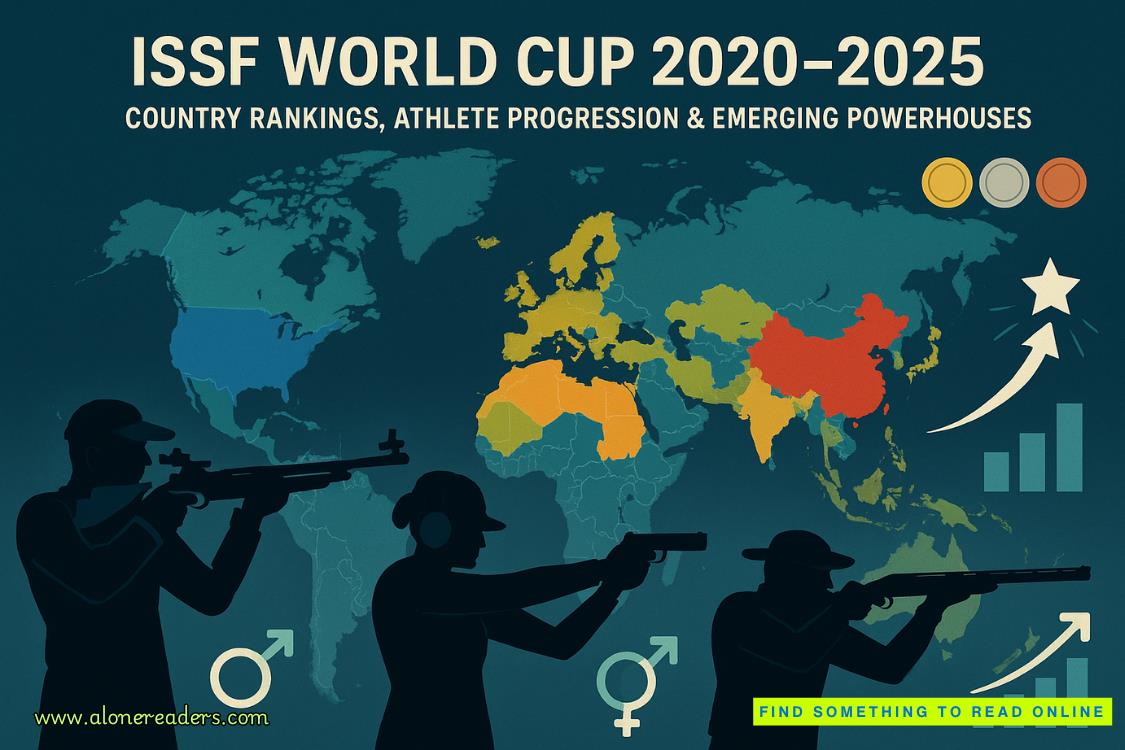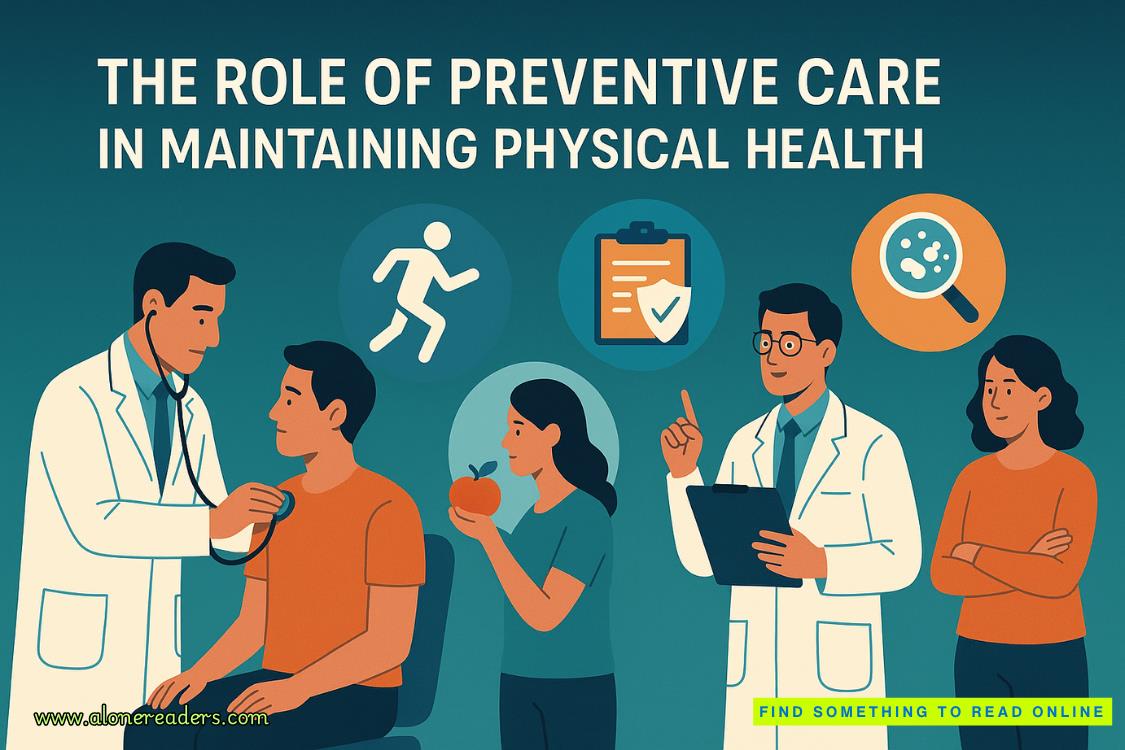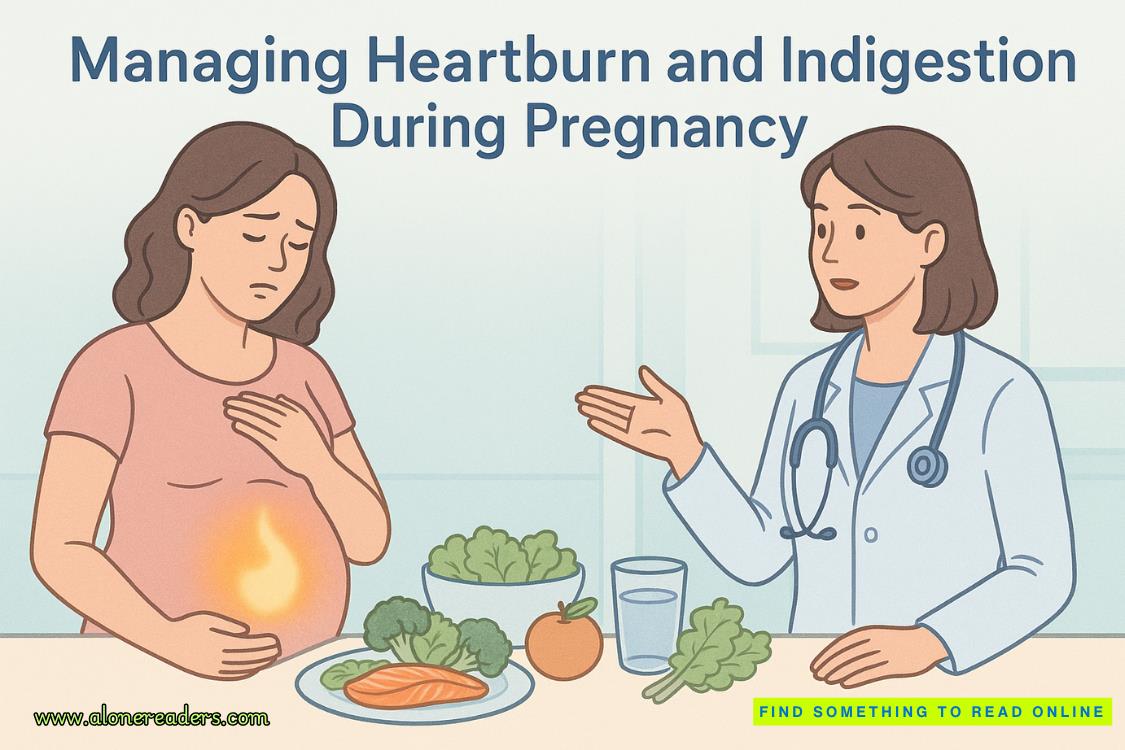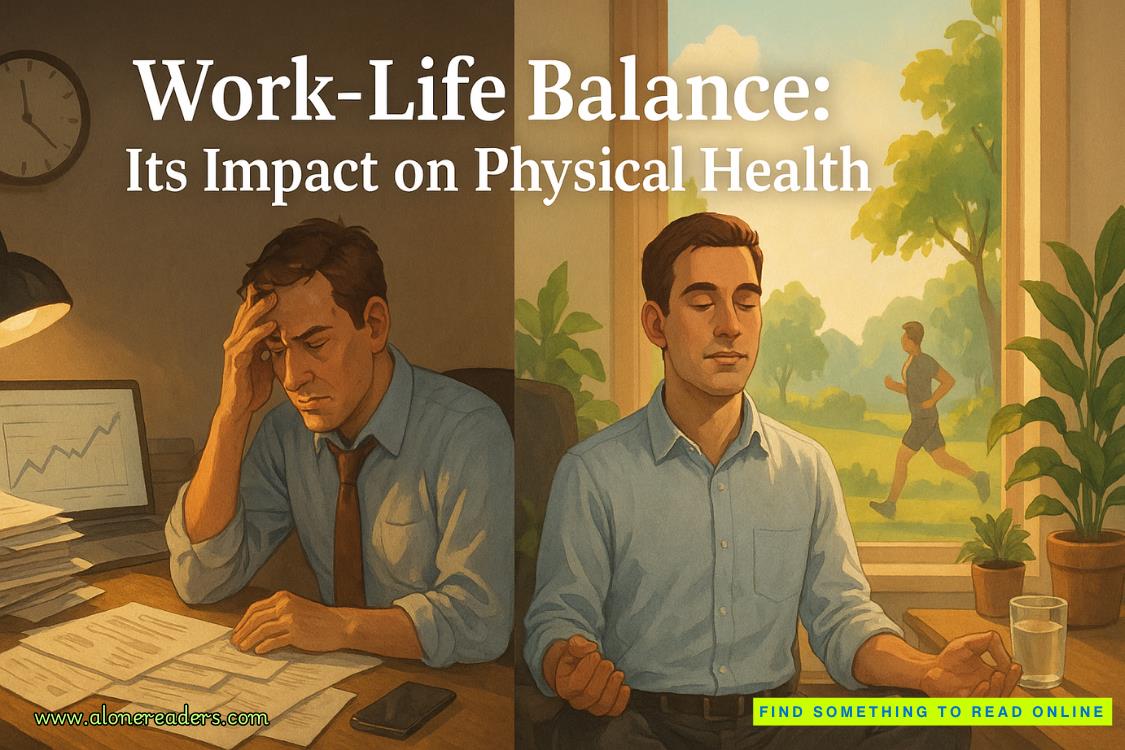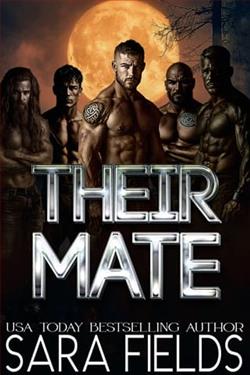Page 59 of Three-Inch Teeth
“I’m judging the bite pattern based on my own field observations,” she said, her voice dropping in register when she spoke. Joe assumed someone had come near her whom she didn’t want to overhear her end of the conversation. “I’ve got photos, of course, but I haven’t measured or analyzed the wounds and determined that they’re an exact match. They look the same, I’d say. But I’m not a forensic pathologist, Joe, and no one on my team has that qualification. We’re bear hunters, and a lot of what we do is based on experience and knowledge of the species. Are you suggesting that grizzly bears across this state have suddenly decided to collude? That’s insane.”
“It is insane when you put it that way,” Joe conceded.
“Given that,” she said, “I’m going to take some time tonight at the hotel to pull up all the crime scene photos I’ve got on my laptop. I’ll get Brody and Tom to help me, and we’ll look much closer at the bite patterns and measure them to see if they’re consistent. We might even go to the medical examiner’s office so we can take a close-up look at Schalk’s wounds.”
“It can’t hurt,” Joe said.
“But don’t get your hopes up,” she said. “‘Bite mark’ evidence has been pretty much debunked in court as junk science when it comes to humans. I don’t know if it’s any more reliable when it comes to bears.”
“Ah.”
“Nevertheless, I can reach out to some scientists I know to see if we can figure out something either way. And maybe we’ll involve the state crime lab in Cheyenne. I hate the idea that bears are rising up on their own,” she said. “It’s important to knock that theory down before it starts to catch on. People are already getting panicky.”
“You don’t have to tell me about that,” Joe said. “We’ve seen black bears and cattle killed up here recently.”
She moaned. “Like I don’t have anything else to do, with four victims and that bear still out on the loose.”
“We’ll find him,” Joe said, knowing how hollow the words sounded even to himself. “We have to.”
“But what if we don’t?” she asked. “What if this bear just keeps killing people?”
*
JOE LOWERED THE phone after they’d disconnected. He’d had no answer to Gordon’s last question.
“What’d she say?” Nate asked as he pushed through the screen door.
“She said it looks like the same bear, but she’s going to dig deeper into the facts surrounding all the attacks. I’ll keep you posted.”
“Good,” Nate said. Then: “Want to stay for dinner?”
“Thank you, but I need to get home. Marybeth will be back from work soon and I promised I’d grill.”
“Give her my best,” Nate said.
“Have you heard from Sheridan?” Joe asked.
“Liv’s talking with her tonight, I guess. The job is a doozy, but she’s pretty sure she can handle it. I am, too, because she’s a good hand. But I guess the folks who hired us down there are a little … odd.”
CHAPTER SIXTEEN
Never Summer Ranch
SHERIDAN WAS BOTH tired and dirty as she looped the weighted duck wing lure around her head through the air with her left hand to signal to the falcons to return for the early evening. The temperature on the Never Summer Ranch had dropped significantly once the sun began to descend, and she could see her breath as clouds of condensation as she worked the lure. It whistled as it circled.
The first falcon to come in was the peregrine, and it settled with surprising grace on her gloved right fist. The second raptor to come home was a prairie falcon. She secured both birds to dowel-rod perches in the back of her vehicle by their leather leg jesses. Before proceeding, she ran her hands over them to look for broken feathers or any other injuries. When that checked out, she gently touched their gullets with the tips of her fingers. As she had suspected, the prairie falcon didn’t need more food—it had blasted a few starlings out of the sky in the late afternoon and had fed on them. The peregrine hadn’t eaten yet, although she’d seen the falcon hit and kill several of the target birds to send them spiraling down to the sagebrush like spent rockets—a warning signal not to come back.
The combination of a prairie falcon and a peregrine had worked very well to strike terror into the hundreds of starlings and send them packing to other locations. Once she’d put the birds into the sky in the late morning, she’d waited until they maintained a long oblong aerial route above the ranch, riding on thermal currents.
Soon, she could hear the shrill cries of the invasive birds increase in volume and pure panic inside the barn. The falcons had been spotted, and the din had become almost unbearable.
Then, in what looked like a black cloud, the starlings had broken out and poured from the openings in the barn to flee to the south, with the falcons accompanying them from above and at times shooting through the cloud like fighter planes. The prairie falcon had followed one of its kills to the ground.
*
A SECOND WAVE of starlings had emerged about fifteen minutes later, as if they’d grouped up and decided to wait to flee until the falcons were otherwise engaged. This grouping poured out nearly at ground level and flew east. It didn’t take long for the falcons to double back and provide taloned accompaniment. Sheridan had watched the remaining starlings streaking toward the mountains until they were out of sight. In the last hour before calling her birds back, Sheridan had entered the building. It was eerily quiet inside the barn and she couldn’t locate a single living bird still about. What was left, though, was disconcerting. The rafters were caked with white excrement, as was the barn floor. It smelled inside of avian panic.
Tiny errant feathers still shimmered in beams of light through windows and cracks in the walls. Hundreds of corpses of dead starlings lay in different stages of decay on the floor and shelving from the long occupation. Starlings didn’t clean up after their own.


